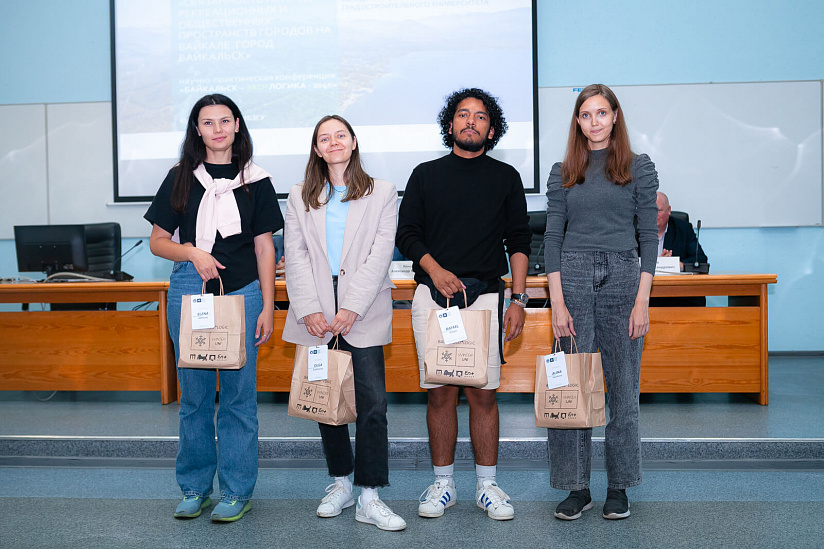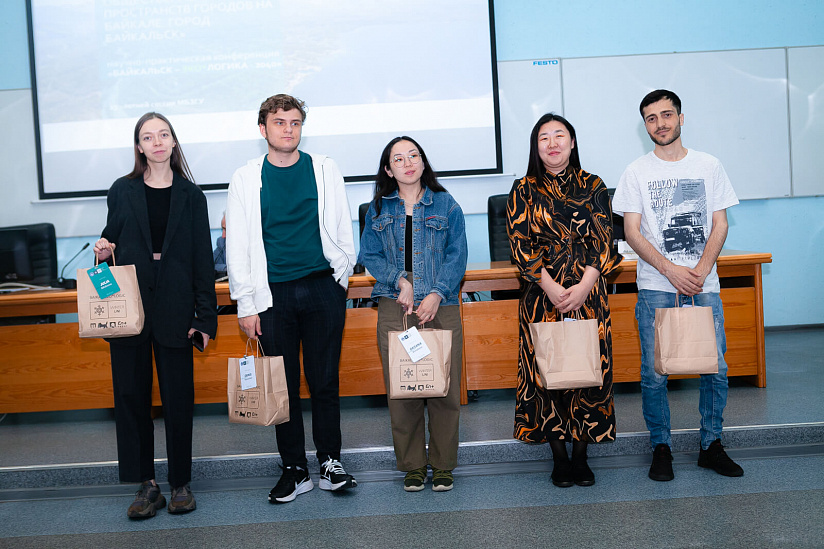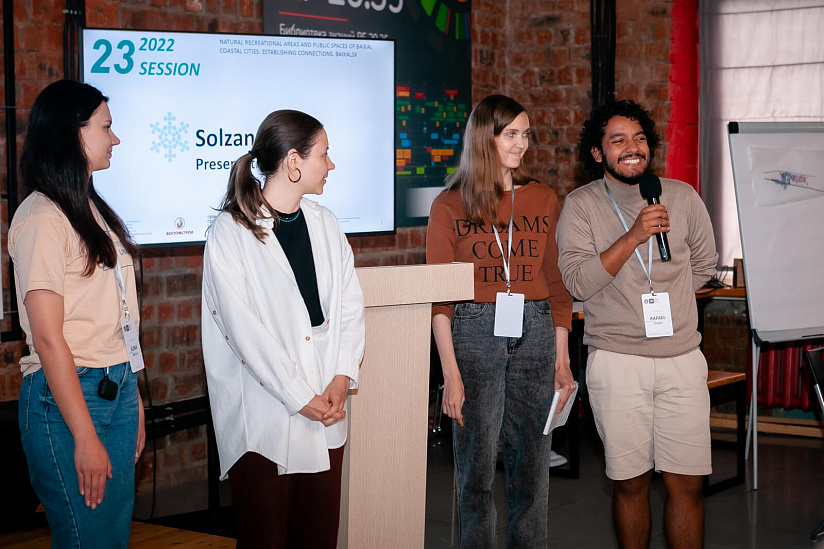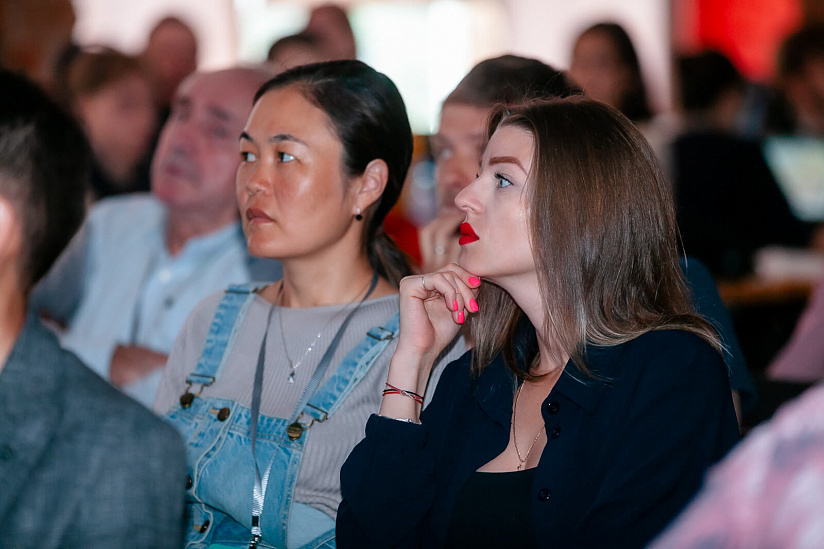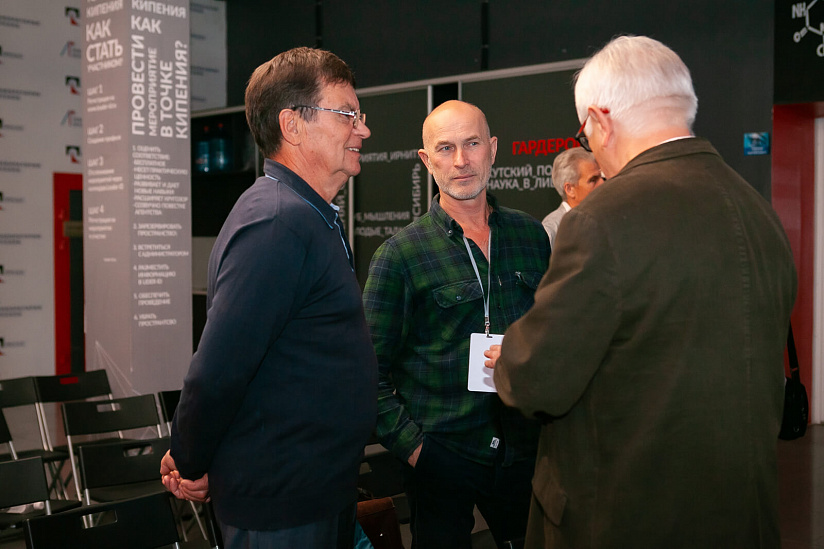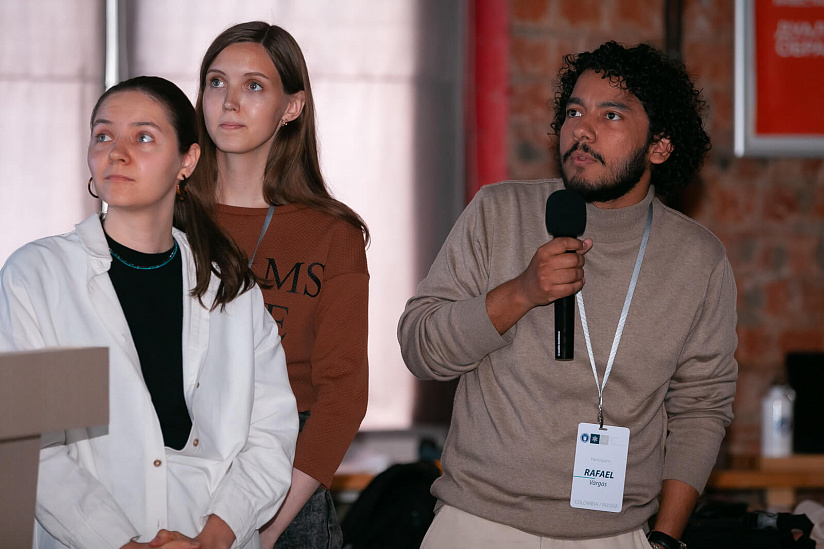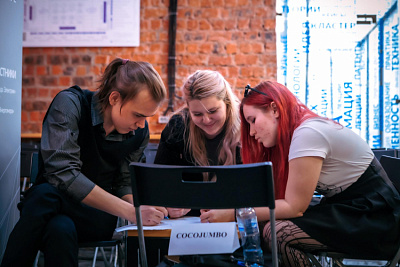Participants of the International Urban Planning University are solving the problems of Baikalsk and Solzan
The director of the 23rd Design Session is Sergey Aleksandrov, associate professor at the Department of Architecture, Construction and Design at INRTU. The workshop started at the end of June with online lectures. The participants immersed themselves in the topic "Connectivity of Natural and Recreational and Public Spaces in Baikal. Baikalsk city". Then there were two field trips to Baikalsk and its surroundings. The designers studied the area, talked to residents, and analyzed the general plan, the strategic master plan, and the land use regulations.
Five groups are working on the concepts of Solzan settlement development, Yuzhny, Gagarin, Stroitel and Krasny Klyuch (Gora Sobolinaya resort). For the very first time in the history of the city planning university a separate team of experts named "The City" was assembled, which included employees of the Higher School of Economics, the PFUR, BGU, representatives of the Strelka design bureau, the V.B. Sochava Institute of Geography of the Siberian Branch of the Russian Academy of Sciences. The pilots of the session were three authoritative experts - associate professor of Polytechnic University Alexey Levashev, architect Polina Zaslavskaya and director of the urban planning studio "Liniya" Vera Hotuleva. The task of the experts and the pilots was to form a common vision of development and connectivity of the territory. The outcome of the work should be proposals for changes in urban planning documentation, transport framework. The participants will also determine the main stages of the street-road network and pedestrian connections formation.
In addition, the teams are supervised by two scientific supervisors. These are Alexander Kolesnikov, chief architect of Giprogor (Moscow) and Ekaterina Protasova, chief architect of IE Activ.
The experts were interested in the presentation by the Solzan team. The designers believe that the village`s place is "depressing, but with great potential". According to Alina Novikova, a graduate of SFU (Krasnoyarsk), it is necessary to improve the spontaneous parking for truckers in Solzan by building hotels and cafes.
It is equally important to make overpasses and underpasses on the railroad. Photo zones and viewing platforms with views of the mountain landscape and Lake Baikal will help to brighten up the railway station.

"We are learning to design at different scales, comparing Baikalsk with Irkutsk and other cities in the Angara region. Especially valuable is the fact that we work while communicating in English. This increases the professional communicative level," Alina Novikova said.

Alexander Kolesnikov, the chief architect of "Giprogor", recommended the team to pay attention to issues related to seismicity, swampy terrain and creation of detours. He also believes that it is important to find or create in Baikalsk and Solzan interesting locations, which would be integrated into "a single tourist route, who comes to Baikal".
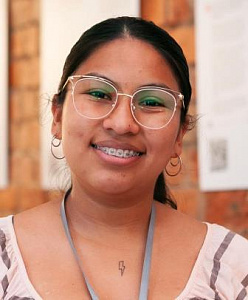
Leidy Merina from Colombia is mastering architecture at the RUDN. The trip to Irkutsk is the student's first experience in an international workshop. Leidy's team will create a concept for the improvement of "Red Key" located near the ski resort. The main problem of the microdistrict is the lack of catering points, pedestrian access, pointers for tourists and transport links between the Baikalsk hospital and the resort outpatient clinic. As Leidy notes, 90% of the residential structures in the neighborhood are wooden. Therefore, the infrastructure should be built mainly out of wood, but with the usage of modern technologies. This will help preserve the identity of the area, making it attractive to tourists and comfortable for residents.
The team led by Sergei Belomestnykh is involved in the planning of elements in the Yuzhny Microdistrict. Excactly this group presented the most complete analysis of the territory and urban planning documentation. The main idea is to create a tourist and recreational infrastructure at the foot of Chernaya Mountain. According to the authors, the key element in the development of the microdistrict will be a cycling-skiing track for 10-15 thousand people.
The speech of the group that studied the Stroitel microdistrict sparked a lively discussion. Because of the high seismic risk (up to 10 points) this zone is particularly difficult for urban planning. The developers took this nuance into account when they were preparing ideas for the creation of transport transfer hub, for the connections development between Stroitel and the resort, and for the improvement of the embankment.
The final presentations and announcement of the winners will take place on July 23 in the university's conference room.
